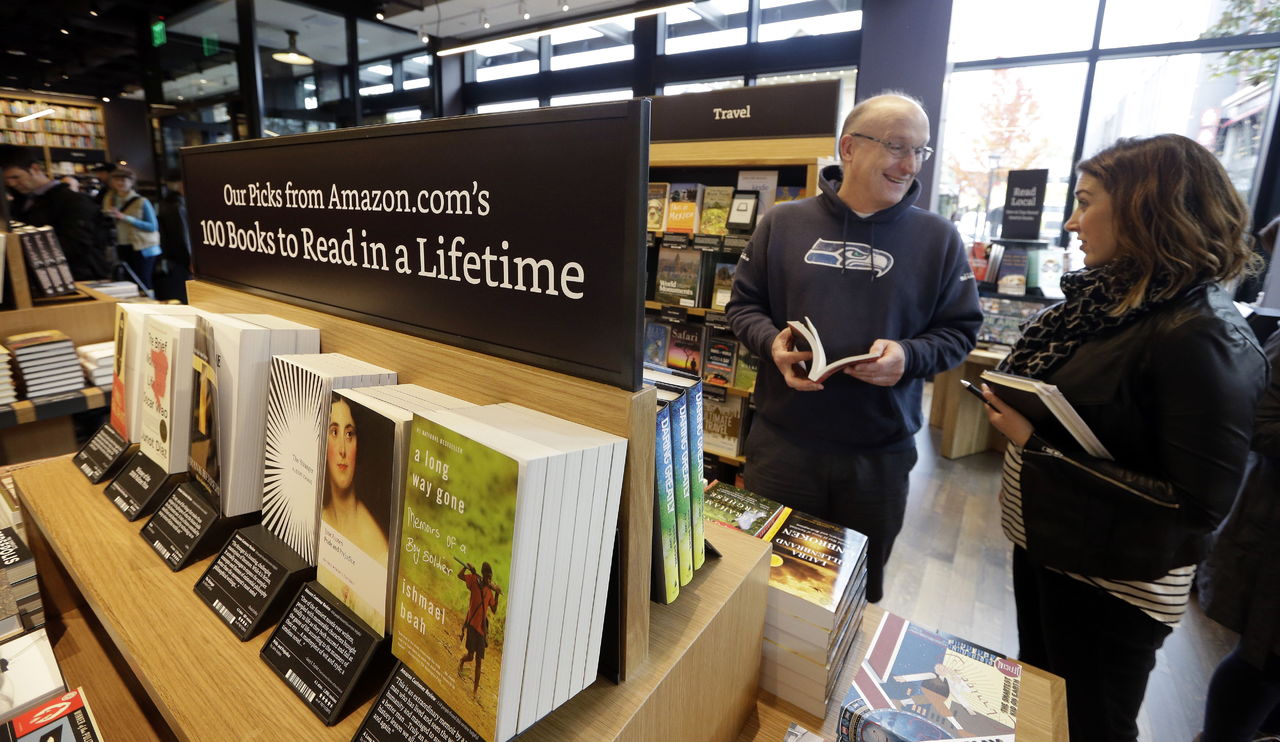You find lower prices online than at bricks-and-mortar stores, right? Wrong.
Alberto Cavallo of the Massachusetts Institute of Technology displayed resourcefulness and ingenuity by producing a wide-scale international comparison of online and offline prices at “brick-and-motar” stores. He wanted to determine if prices collected online could be used to calculate inflation indices. After all, even in the U.S., the birthplace of e-commerce, where more than $200 billion of goods are sold online per year, that’s less than 10 percent of the total retail volume. The global average is about 5 percent.
So how representative are online prices? Cavallo tried to find out with the help of two custom-made pieces of software: a robot to scrape sites for the prices of specific products, and a smartphone app to help researchers record prices in offline stores. The latter is not an easy task. The practice of scanning barcodes and photographing goods in a store so they can later be bought online, perhaps at a lower price, is known as showrooming, and in countries such as China stores will kick you out for doing it. Even in the U.S., anyone who spends time in a store scanning the barcodes stands a good chance of getting ejected, as Cavallo found out when he first tried to hire people to do it in 2011. In 2015, the stores were more lenient, but Cavallo took no chances: He went to crowdsourcing platforms to recruit more researchers and have them spend less time in the stores.
These efforts yielded 38,000 observations of prices on 24,000 products sold by 56 retailers in 10 countries. All the vendors have both online and offline operations. Cavallo left out “pure” Internet retailers, such as Amazon.com, because otherwise exact comparisons would be impossible. I don’t think it matters, though, for the practical purpose of finding out whether it’s cheaper to shop offline. The online operations of big retailers, such as Walmart, Carrefour, Marks and Spencer, Saturn, Gap or Home Depot are featured on price comparison sites, and they have to stay competitive with Amazon and other online-only outlets.
A big retail chain that gets into e-commerce can do things that would be hard to get away with offline, such as offering lower prices based on the customer’s location and other markers collected by services such as Google.
In the U.S., where many shop online to avoid state and local sales taxes, a store could, theoretically, ask a somewhat higher price of customers from states with higher taxes, or simply raise or lower prices based on the relative affluence of different locales or a sample of a customer’s browsing habits.
Dynamic pricing isn’t taking place, though. The reason is probably the intense and transparent competition that e-commerce has fostered. “Most retailers now seem to have a single price for each product, regardless of the location of the buyer,” Cavallo wrote. “This suggests that while the web may not have reduced price dispersion across different retailers, it may have created incentives for firms to price identically across their own stores.”
Besides, retailers might be afraid of the bad publicity from price discrimination, Cavallo wrote.
Online, a traditional retailer is faced with a different cost structure: E-commerce can piggyback on existing warehousing and logistical systems, and it doesn’t incur the costs of running physical stores. In theory, that should allow the retailers to set online prices lower. That, Cavallo found, is generally not the case. In 72 percent of all observations, the same retailer’s online and offline prices were identical. In Canada and the U.K., it was 90 percent. In the U.S., 69 percent.
And it turned out that online prices don’t always tend to be lower than offline ones. Only in Japan did Cavallo find that to be true in 45 percent of cases. On average, Japanese retailers sell their goods on the Internet with a 13 percent discount.
The finding that the average online markdown in U.S. stores is about 5 percent doesn’t mean that a customer will usually pay 5 percent less. In only 31 percent of cases was there a price difference between online and offline retailers. That means that, on average, global offline prices are just 1 percent higher than online ones.
To the geeks and academics, Cavallo’s results mean that online prices can be used safely in all kinds of research. They also are valid for inflation reporting, at least where multi-channel retailers are concerned. That’s good for researchers because physical store prices are such a hassle to collect. For consumers, however, Cavallo’s research means that, as a general rule, they don’t save anything by shopping online. His data show that electronics and clothes in particular are sold at uniform prices.
That doesn’t exclude the occasional stroke of luck, of course. Yet the relative advantages and disadvantages of the two types of shopping are not primarily financial. Buying on the Internet saves time and gas. Going bricks-and-mortar lets the customer see and touch the product — and sometimes find a better solution to a need.
As for prices, the transparency of online commerce has helped even them out. It may have slowed inflation somewhat, too. That’s useful, but not to a bargain hunter.
Leonid Bershidsky, a Bloomberg View contributor, is a Berlin-based writer.
Talk to us
> Give us your news tips.
> Send us a letter to the editor.
> More Herald contact information.

























